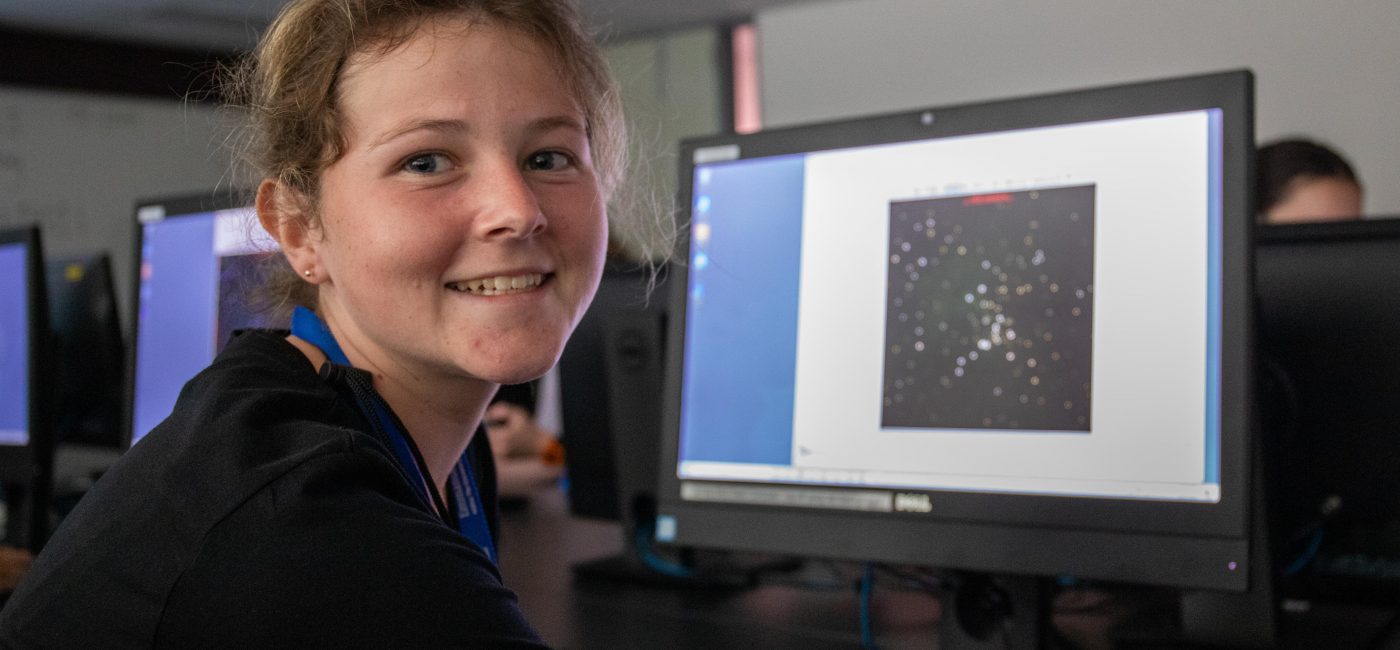
The students all enjoyed their experiences and took a lot from them, keenly engaging with the scientists and experts they met, asking questions when they could and getting hands-on with their fields of interest.
In the first round of STEM visits for the NYSF 2020 Session B, the students visited a multitude of facilities throughout Brisbane’s University Campuses. Each of the visits entailed a briefing by an expert about the research and work conducted at the provision, followed by a tour through the site, then some hands-on work in the lab.
Students in biology-based interest groups visited one of three different facilities; the University of Queensland’s Evolution and Genetics Centre, the Institute of Molecular Biosciences at UQ and the Griffith University Ecology Centre. At UQ Evolution and Genetics, students learnt the process of replicating and interpreting data extrapolated from genes, starting with DNA extraction, then observation of polymerase chain reactions, and finally experimenting with gel electrophoresis.
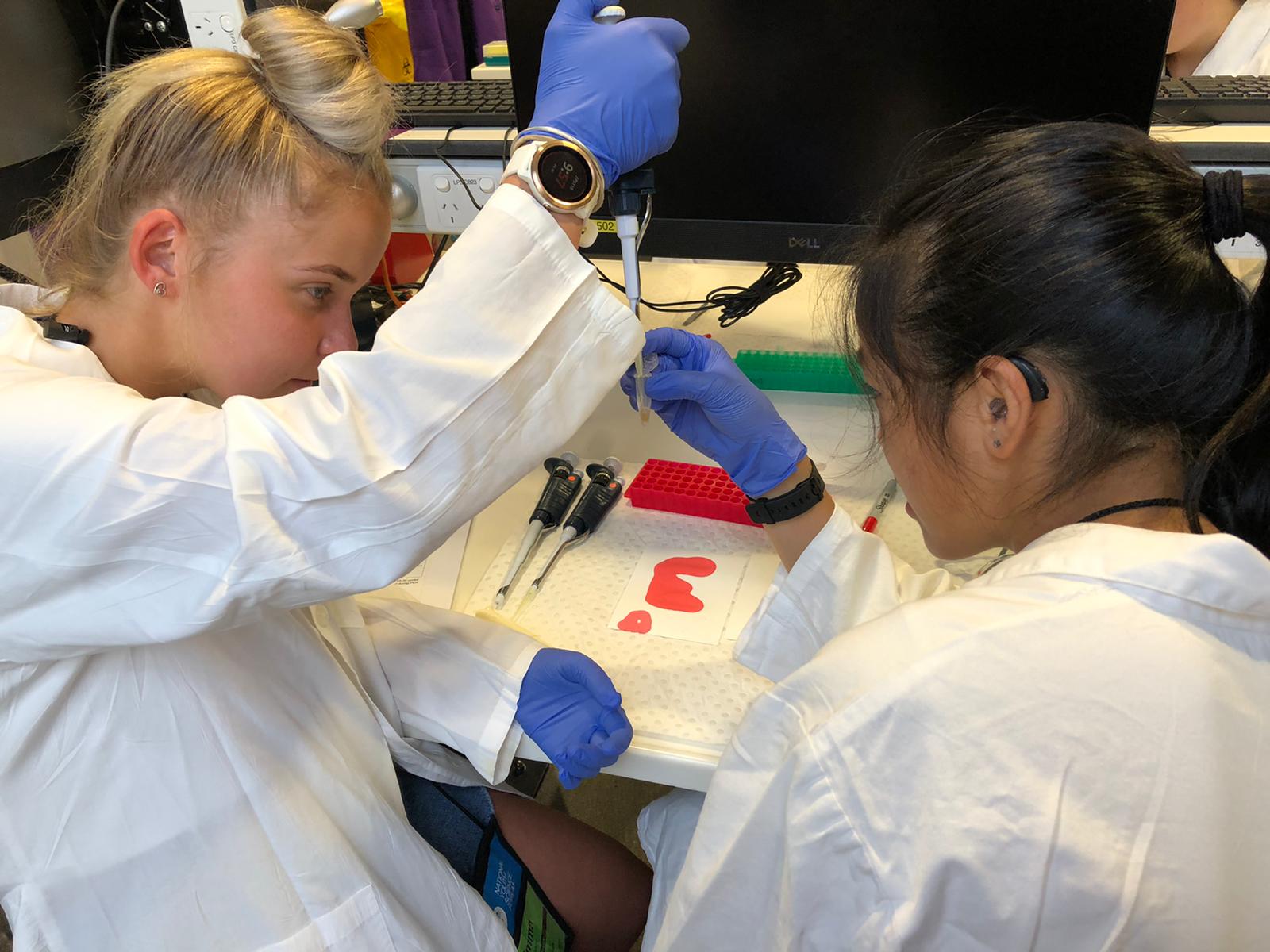
At the Institute of Molecular Biosciences, the students engaged with researchers studying the proteins involved in the onset of Alzheimer’s Disease and the application of spider venom in combating parasitic worms. Then they were given the opportunity to be taken into a human cell through engagement with virtual reality technology. At the Griffith Ecology Centre, students were given the amazing opportunity to analyse and examine skulls of some phenomenal specimens, from where they were taught to identify the species though examination of its teeth.
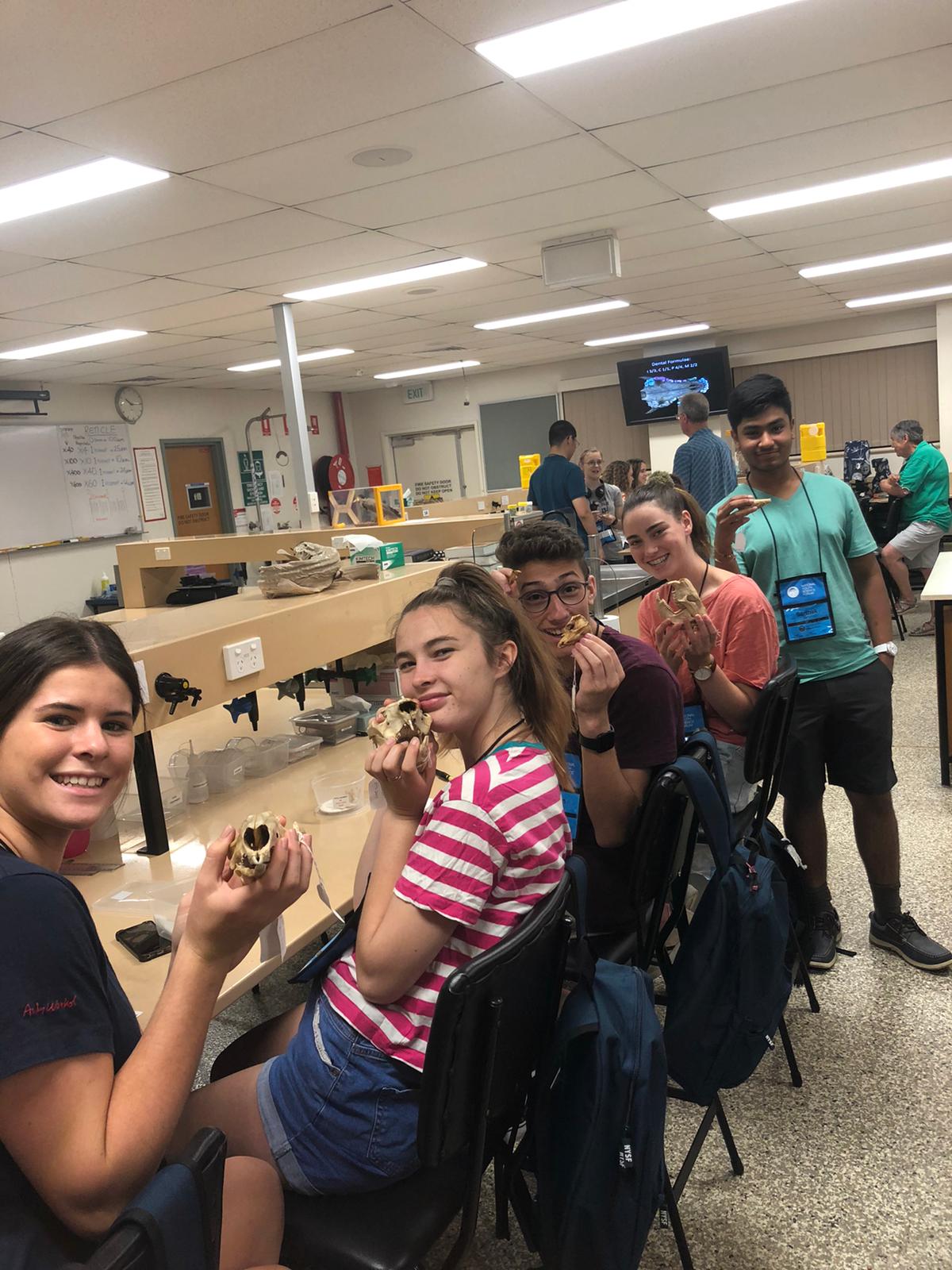
The chemistry students went to two amazing research facilities within the University of Queensland; the Pharmacy Australia Centre for Excellence (PACE), and the Australian Institute of Bioengineering and Nanotechnology (AIBN). At PACE, the students were taught the process of developing a sulfur-based form of acne cream, even being granted the opportunity to try it themselves, learning the valuable skills involved in the method of compounding the paste and transferring it to a storage jar.
The computer science and an engineering interest group were taken to the phenomenal Queensland University of Technology (QUT) campus, where they were guided through the Australian Centre for Robotic Vision and The Cube. Here, the students were given an exclusive insight into QUT's cutting edge robotics facility, where robots are developed for household, medical and environmental purposes, aiding in the research contributing to the solution of global challenges.
“It’s incredible how such a seamless experience is constructed with the use of code, machine learning and mathematics” – NYSF Session B Student
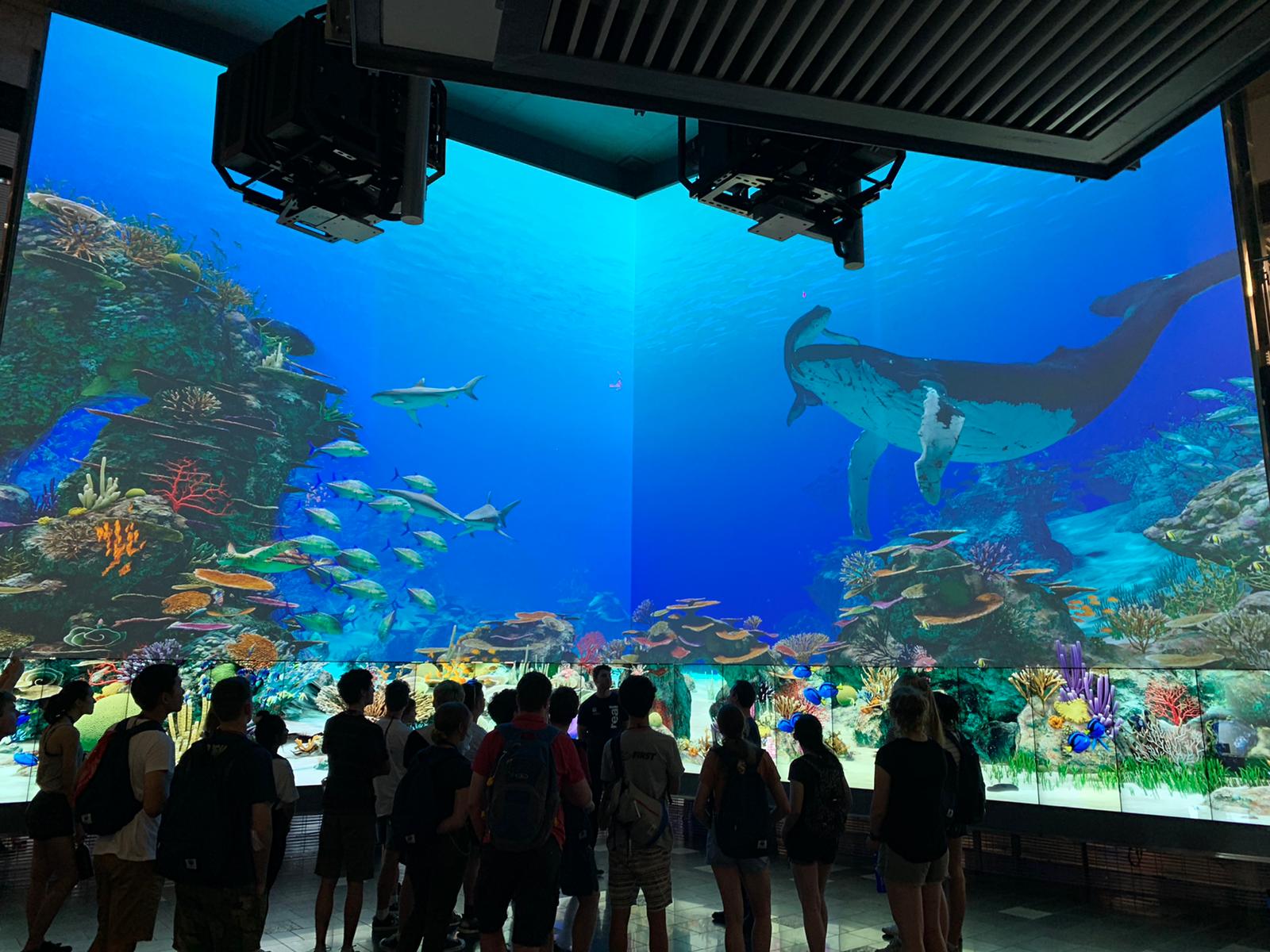
A group of engineering and physics-focused students attended a workshop with representatives of the Engineering Without Borders organisation and visited the UQ Centre for Hypersonics. At Engineering Without Borders, the students first discussed the purpose of engineering and why it's valuable to society, concluding that their role is to progress society and improve lives worldwide. They then split into groups and competed to design water filters using simple household materials before reflecting on their work and thinking about their efforts in a real-world context.
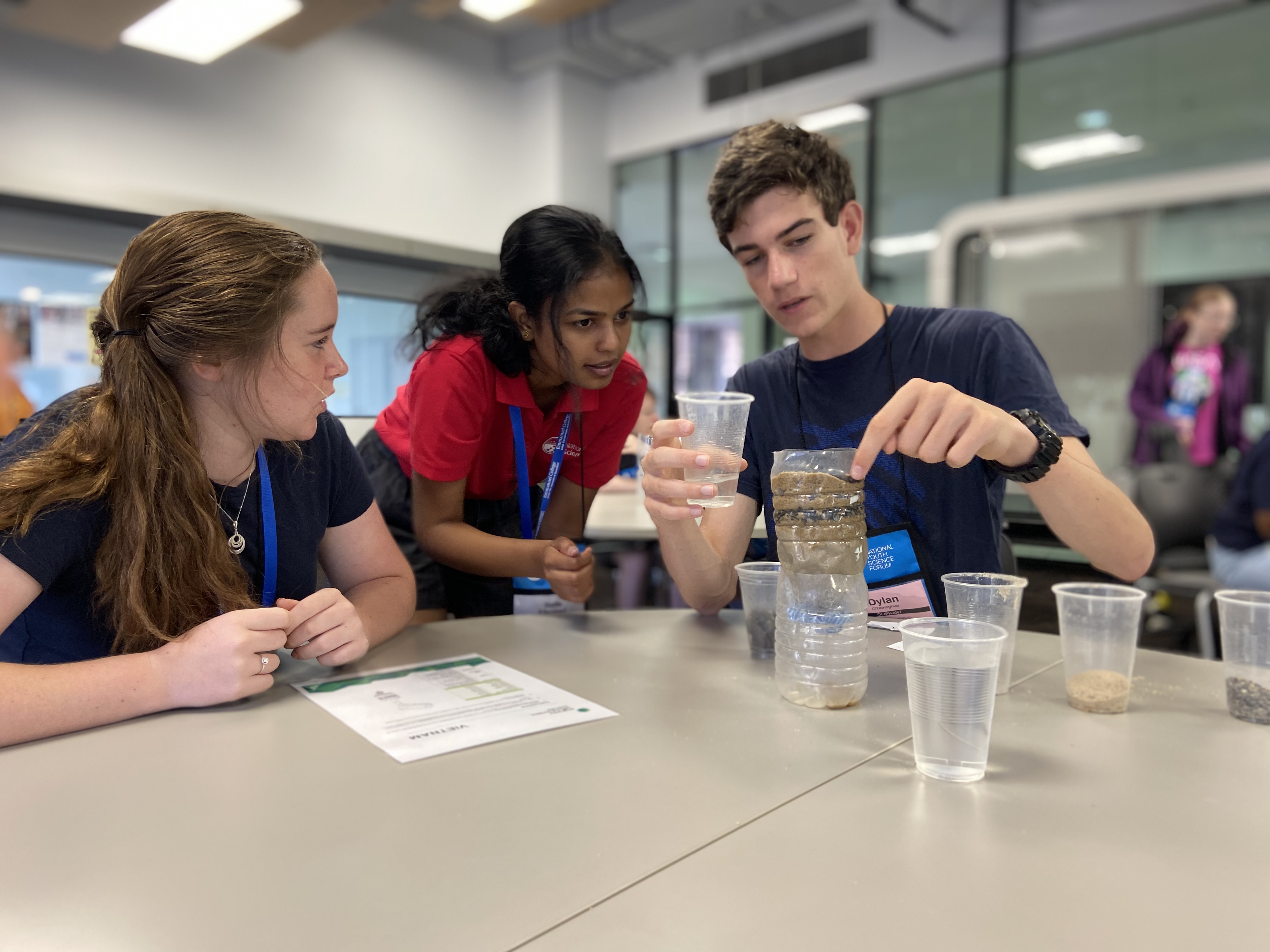
At the UQ Centre for Hypersonics, the students learnt about current research, experiments and design regarding the advancement of sustainable hypersonic flight technologies. They were then guided though their testing facilities, where the students were excited to get close enough to touch the expansion tubes and shock tunnels involved in SCRAMject (supersonic-combustion ramjet) research and development.
Finally, some lucky physics students visited the University of Southern Queensland (USQ) Astrophysics Centre at Mt Kent. Here, they were spoken to by a professor about his career journey and discussed the advancement of our understandings of planetary diversity, star evolution and space weather, as well as their implications on the universe. The session was concluded with the students learning how to edit astrophotographs of nebulae, engaging with unfamiliar software and technologies.
“Don't give up things that make you happy. Life isn't figured out at 17.. nor 28. Just enjoy the ride… The key to success is just persistence.” – Professor Jake Clark, SQU Astrophysics
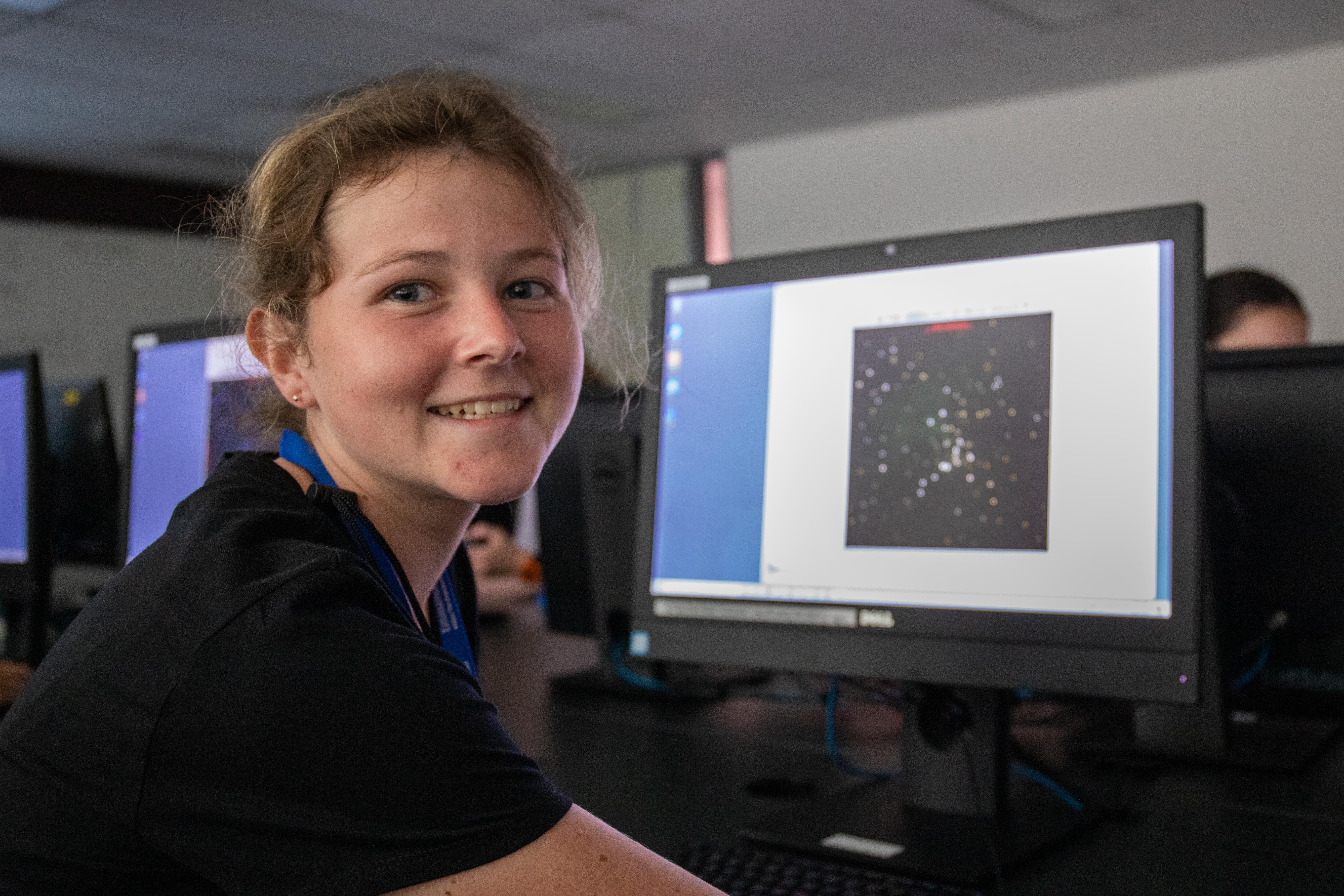
The students all enjoyed their experiences and took a lot from them, keenly engaging with the scientists and experts they met, asking questions when they could and getting hands-on with their fields of interest. They are all excitedly anticipating the rest of their site visits, ready to learn, gain insight in science-based careers and thrive in an intellectually stimulating environment for the remainder of the program.
Written by Maddy Thompson, Session B Communications Intern